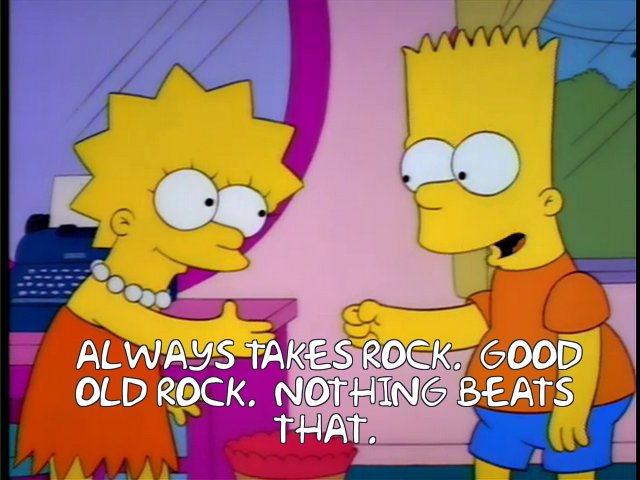"He doesn't understand tactics. All he knows is that if you hit something and it didn't kill it, hit it harder."
I've found that time and time again, many tourney fighters in the SCA don't understand the power of flanking, nor do they understand how and when to execute a charge.
Controlling the Flanks
Given the choice to take an objective, its almost always going to be easier to overpower the flanks than it is the middle. Now this certainly has a lot to do with the specifics of the situation, and the makeup of the units. If you have a very tight, organized shield wall full of scutums, then you can risk going straight at the flag and setting up a defense on the other side of it.
In most cases, you are just going to find yourself surrounded once you punch through.
Charging a Weakness
Charges can be effective. Some units are built such that the only thing they can do is charge. But charging won't solve all problems. Charges accomplish exactly one of two things:
1) Winning the scenario quickly when you are stronger than your opponent
2) Losing the scenario quickly when you are weaker than your opponent
During field battle #2, the biggest thing I did as a commander was call charges when I saw we had a weakened enemy. We have a very strong spear unit, and tend to lead in with our spears up front and attempt to pick apart our opponents. Our shields and poles stand behind us ready to support us if we get charged. Once the the opponent's line has been weakened, however, its time to get really aggressive and run them over so that we can move on to the next fight.
Charging into a stronger opponent just makes their job easier.
Getting Organized
The most difficult aspect of fighting at Pennsic is that ultimately you end up fighting with random collections of fighters. I've found that the biggest challenges in the woods, bridge, and wall battles is getting these random fighters to work well with you.
Having said that, the biggest factor is getting shields off of the front lines and out of your way. In the past, I used to just stand there frustrated that they are in my way and not accomplishing anything. I've since learned that if you simply ask them to move out of the way so that you can take their spot, they are usually more than happy to oblige. "Hey, shield. I've got a spear. Let me have your spot."
When a shield is standing up there, he has no idea what is going on behind him. All he can do is stand there and hold the line until he sees or hears something different happening. This is where you tell him what's going on.
If you are a shield, understand that you generally have two jobs. You are either charging, or you are repelling a charge. Once that is done, its time to get out of the way and let the spears work. There are exceptions where a gate or flag must be held, and a tight shield wall will do a better job than a line of spears and polls, but these are the exceptions, not the rules.
Clearing the Beachhead
In the very beginning of this video until about the 1:20 mark, you can see a breakout occur followed by fighters filtering into the other side of the wall.
Generally speaking, once this occurs, fighters need to make a conscious effort to move past the break and take ground on the other side. I walked up to the lane at about the 1:00 mark and started telling people to funnel through to the other side. Often times people will stop right at the hole and plug it up.
Something similar occurred on the northern most bridge in bridge battle #3, but no one followed the knight who broke through and the advantage was lost.

No comments:
Post a Comment